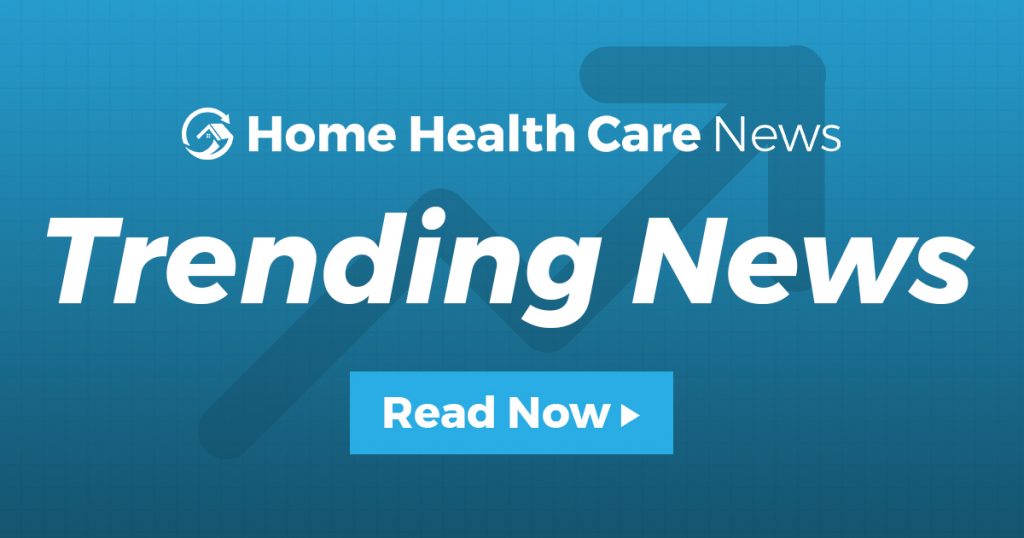
How Desert Oasis Healthcare Is Leveraging Google’s Tech To Improve Care Delivery
Desert Oasis Healthcare will be piloting Google Health’s (Nasdaq: GOOGL) clinical software Care Studio.
The Palm Springs, California-based Desert Oasis Healthcare is an integrated care delivery model comprising a medical group and an Independent Practitioner Association. The organization serves roughly 30,000 seniors, often in their homes.
“In California, we’re delegated to take full risk for our members, which means we do everything from primary care and preventative care, all the way through hospice services,” Brian Hodgkins, executive vice president of clinical operations at Desert Oasis Healthcare, told Home Health Care News.
Under its belt, Desert Oasis Healthcare has senior wellness clinics, a population health and prescription management program, hospice services, a palliative care team and its own home health agency.
“We probably offer almost every service that any group our size would offer — we’re kind of like Kaiser without the hospitals,” Hodgkins said. “We offer everything in between, and then we contract with the hospitals in our market to provide care when people do need that level of clinical attention.”
With a wide-range of service offerings under its belt, it makes sense that Desert Oasis Healthcare would team up with Google.
Like many organizations, Desert Oasis Healthcare has a primary care provider shortage. The organization also has a high chronic disease burden in their population, so it was important for them to leverage technology, according to Hodgkins.
“With Google, we feel that this is a technology leveraging opportunity,” he said. “You could take all kinds of health care information that exists for a patient and is stored in silos from the hospital, or other doctors they’ve seen, or other health care organizations. Google is giving us an opportunity to find all that data and put it in front of that [primary care provider] at the moment the patient is there.”
This means that a Desert Oasis primary care provider can avoid searching for this information or reordering extensive diagnostics, CT scans or lab work that has already been done and exist somewhere in another EHR.
In practice, this looks like shaving 15 to 20 minutes off a senior wellness program visit. Desert Oasis Healthcare’s senior wellness program is a high-touch program that sees almost 16,000 patients annually.
“The visits involve labs, EKG, we assess for ABIs, which determines whether or not you have peripheral vascular disease,” Hodgkins said. “It’s a very warm experience. You spend an hour with the patient. We do everything except aromatherapy, I joke. Patients love the service and are repeat visitors.”
The challenge is that it typically takes 15 to 20 minutes to locate all of the vital patient information.
“The reason it takes an hour is because 15 to 20 minutes is normally spent trying to read and research all the records, make phone calls to previous providers, trying to figure out where data and knowledge resides,” Hodgkins said. “Google is able to get information in front of our provider without spending the 20 minutes to do it. Therefore, in our mind, we can provide that high-feel, high-touch service more efficiently and effectively.”
Though Desert Oasis Healthcare’s home health agency is not formally part of this pilot process, Google is working with that side of the organization to be able to get information out of the agency’s database. The goal is to have an inclusive data warehouse, according to Hodgkins.
“Home health is fully integrated within our delivery model,” he said “They share in all of our multidisciplinary meetings, our post-utilization conferences, and so they’ve always been at the table with us.”